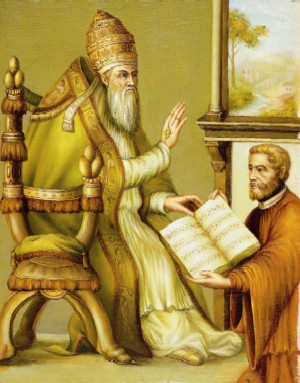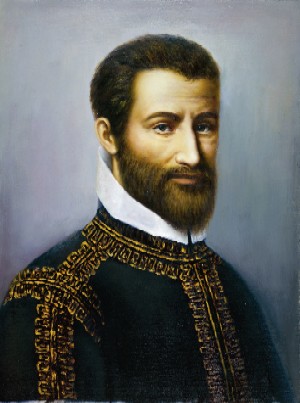


Palestrina, his name derived from his probable place of birth, was one of the principal composers of the late 16th century, his style taken as a model by later generations. His musical language represents the climax of musical achievement of the period, above all in his mastery of earlier Franco-Flemish polyphonic techniques, which he used with complete assurance, particularly in the provision of music for the Catholic liturgy both before and after the reforming Council of Trent. Palestrina’s career was largely spent in Rome, at the basilica of Santa Maria Maggiore, the Cappella Giulia at St Peter’s, and at St John Lateran.
Church Music
Palestrina wrote a large number of settings of the Ordinary of the Mass. Of these the Missa Papae Marcelli, popularly supposed to have been written to convince the authorities at the Council of Trent that there was still a place for polyphony in the musical performance of the Catholic liturgy, is among the best known. Missa Aeterna Christi munera, a Mass that makes use of the plainchant of the title as its basis, is a fine example of Palestrina’s technical command, but a similar claim might be made for almost any other of the 100 or so surviving Mass settings. The large number of surviving motets offers a similar embarrassment of choice. Palestrina’s liturgical music also includes settings of the Lamentations for Holy Week (taken from the Lamentations of Jeremiah), litanies, settings of the Magnificat, and offertories. In addition to generally conservative Italian madrigals, he also wrote a number of five-voice Italian sacred madrigals.
| Title | |
| DANTE - The First Renaissance Man (Art Documentary, 2016) | |

|
DANTE - The First Renaissance Man (Art Documentary, 2016)
Composers:
Dowland, John -- Lasso, Orland di -- Monteverdi, Claudio -- Palestrina, Giovanni Pierluigi da
Artists:
Elysium Ensemble -- Hossick, Malcolm -- King's Consort
Label/Producer: TMW Media Group |
